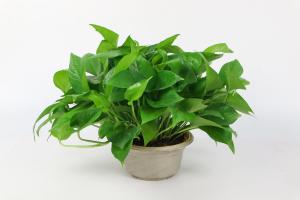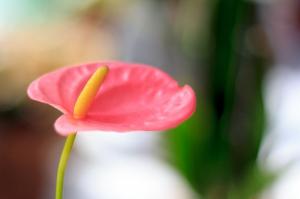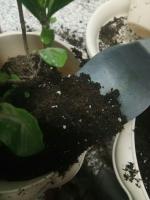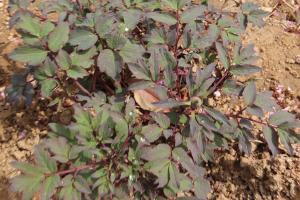Growth habit
Cardinal coral is native to Central America and the West Indies. Like warmth, suitable for sunny but not too strong and well ventilated places. The environment with high temperature can also adapt to semi cloudy conditions. Loose and fertile soil and good drainage are required for cultivation

Variety
There are species such as cardinal coral, class leaf cardinal coral and curly leaf coral. The same genus of white finch coral looks like cardinal coral, but the middle vein of the leaf is not prominent, the leaf is thin, and there are irregular white patches in the green
Value
Cardinal coral can be used as medicine to clear away heat and toxin, disperse blood stasis and detumescence, stop bleeding and generate muscle. External use: for traumatic injury, fracture, traumatic bleeding, furuncle, sore and corneal inflammation

Breeding
Cardinal coral is warm and drought resistant, and the suitable temperature for growth is 23 ℃ to 30 ℃. After being frozen, the leaves will turn white and fall off. It is shade tolerant, the cultivation site is half shade, which is conducive to flowering, and the leaf color is more beautiful. It is afraid of the wind and is suitable for growing in a dry and windless environment. The cultivation soil should be sandy loam with good drainage and ventilation. Turn the pot once a year or every other year. If the branches are too long, cut them short or set up pillars to support them. With few branches, trim the branches as appropriate to promote more lateral branches
The amount of water should be controlled during growth. Generally, it should be watered after the soil is dry. Organic fertilizer or a small amount of nitrogen, phosphorus and potassium fertilizer can be used for fertilization. Reduce the supply of fertilizer and water in winter. Cardinal coral is propagated by cutting. Cutting can be used in greenhouse all year round, but it is better to cut in warm season. Take the shoot or tender stem and cut it into 10 cm long stem segments as cuttings. The cuttings shall be dried first, or the incision shall be inserted into dry ash and dry soil to make the slurry absorbed, and then cuttings. The medium can be yellow sand, perlite or rice husk ash. After rooting, the cuttings can be transplanted into the pot
First, light: Cardinal coral is not very strict with light. Its leaves are red in strong light and green in half shade. But don't let the strong sunlight direct in summer, and don't put it in too dark places indoors
Second, temperature: Cardinal coral likes to be warm. It is suitable for growth at ordinary room temperature in spring, summer and autumn. In winter, when the temperature is lower than about 13 ℃, the leaves can turn white and fall off
Third, watering: Cardinal coral is a succulent plant with strong drought tolerance. In the growing season, it should wait until half of the basin soil is dry before watering. In winter, when the basin soil is dry, water it a little. Watering too much will cause mildew, and when it is more serious, the stem base will rot
Fourth, fertilization: compound fertilizer can be applied to the plant once a month during the growth period
Fifth, basin soil: Cardinal coral is suitable for good drainage, loose and fertile sandy loam
Sixth, propagation: Cardinal coral can be cutted with a stem segment of 5-15 cm long. Like other Euphorbiaceae plants, cardinal coral will flow out white milk once cut. If the incision is immersed in water, it can be stopped. The cuttings should be dried in the shade for a day, and then inserted on the substrate after the incision is dry

 how many times do yo...
how many times do yo... how many planted tre...
how many planted tre... how many pine trees ...
how many pine trees ... how many pecan trees...
how many pecan trees... how many plants comp...
how many plants comp... how many plants can ...
how many plants can ... how many plants and ...
how many plants and ... how many pepper plan...
how many pepper plan...































